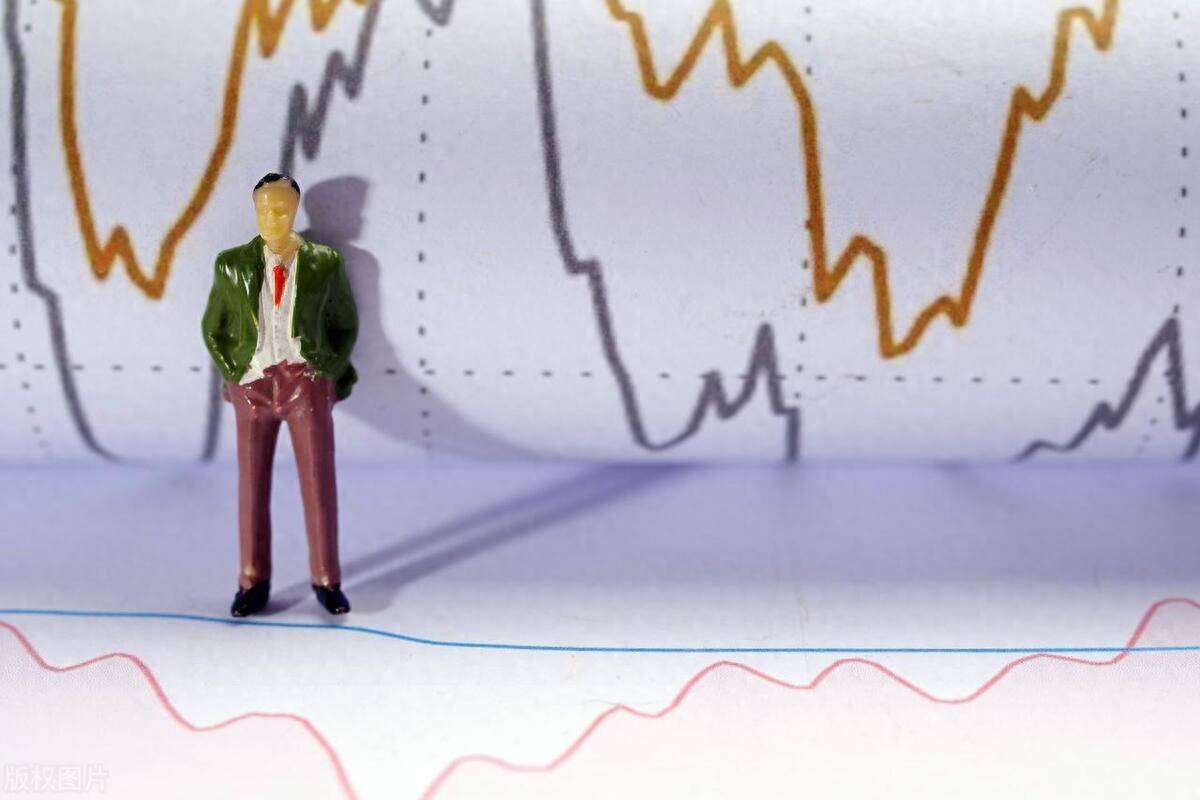Mastering Time Value in Options Trading for Profit
Advertisements
In the complex realm of options trading, one important concept stands out: time value. Time value pertains to the potential profitability of an option during its remaining validity period. Understanding the dynamics of time value can significantly influence trading strategies, and hence achieving success in this arena.
To dive deeper into this concept, we must first examine the unique characteristics of time value consumption. Unlike conventional wisdom that suggests a linear depreciation, the expiration of time value follows a more nuanced and exponential decline as the expiration date approaches. Picture an hourglass—its sand falls slowly at first, but as it nears the end, the grains cascade faster and faster. This phenomenon is often termed as “time decay” in the trading community, and grasping it provides crucial insights for traders.
For options sellers, a keen understanding of this attribute is imperative for crafting effective trading strategies. The ideal scenario is to, strategically, sell options in a time period preceding the expiration date. As time passes, buyers bear the brunt of rapidly eroding time value. For instance, when an option is far from expiration, its time value is substantial. Once a seller capitalizes on this and sells the option to a buyer, they essentially transfer the risk of declining time value that ensues as the expiration date draws near. Consequently, this shift in value often results in a decreasing price for the option, potentially creating losses for the buyer. Conversely, the seller successfully navigates this situation to minimize risks and potentially garner profits.
Another critical aspect of options trading is the selection of an appropriate expiration date. This decision serves as a pivotal moment in determining potential returns and managing trade risk. For traders interested in purchasing options, opting for those with longer expiration dates is usually advisable. The rationale stems from the slower erosion of time value associated with longer-dated options. This strategy is akin to giving oneself ample time to wait for market conditions to tilt favorably. During this extended timeframe, the market is more likely to undergo various fluctuations, increasing the odds that the underlying asset's price aligns with the trader's expectations, and consequently enhancing the likelihood of profit from the option.

On the flip side, if a trader plans to sell options, targeting short-dated options proves beneficial. By exploiting the rapid consumption of time value, sellers can reap rewards from the swift devaluation of prices. Short expiration dates mean accelerated time decay leads to quicker declines in option prices. After selling an option, sellers can benefit from this trend and potentially realize profits, even in the absence of notable changes in the underlying asset’s price. For example, in a stable market with expectations of short-term volatility, selling options with imminent expiration allows a seller to profit as the time value diminishes quickly.
Market volatility emerges as another crucial element in options trading, closely tied to time value. Typically, higher market volatility corresponds to increased time value in options. This correlation is rooted in the fact that heightened volatility amplifies market uncertainty, making future stock price movements more difficult to predict. This unpredictability enhances the chances of stock prices reaching more profitable strike prices. In periods of significant market turbulence, the prices of underlying assets may witness dramatic surges and reductions, consequently providing options with broader profit potential.
Therefore, when conducting a comprehensive analysis of macroeconomic conditions, industry trends, and various market signals, traders can position themselves advantageously by purchasing options during expected spikes in market volatility. If the anticipated volatility materializes, the value of the options is likely to rise significantly, affording traders the opportunity to net substantial gains. An example is the period preceding substantial regulatory changes or major industry shifts, where market volatility often rises. Here, astute investors could capitalize on the heightened time value of options and turn it into tangible investment returns.
Ultimately, the total value of an option rests on two components: intrinsic value and time value. Intrinsic value reflects the profit achievable at the moment of exercising the option, while time value represents the portion of the option price that remains after deducting intrinsic value. This segment of value signifies the potential for future intrinsic value due to market fluctuations over time.
Time value itself is influenced by factors such as the time to expiration, volatility of the underlying asset, risk-free interest rates, and assorted market influences. As options near their expiration dates, time value diminishes, a process referred to colloquially as 'time decay' or 'Theta decay.' In simple terms, while intrinsic value illustrates the current actual worth of an option, time value conveys the expectations the market has for its potential future value, underscoring the uncertainty associated with forthcoming price movements.
Leave a comment
Your email address will not be published